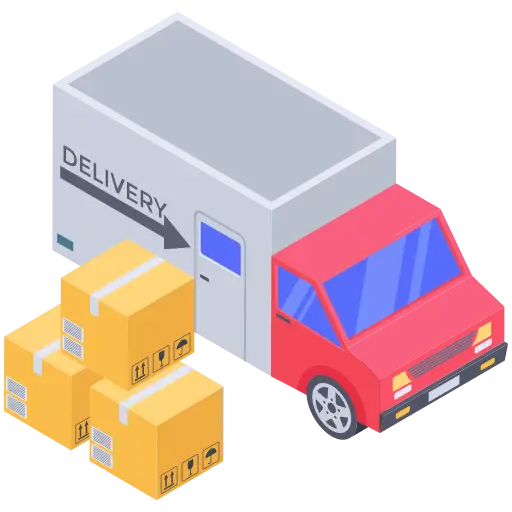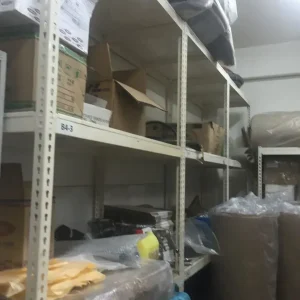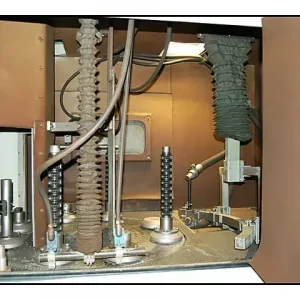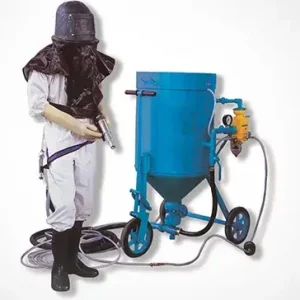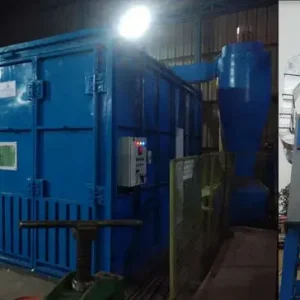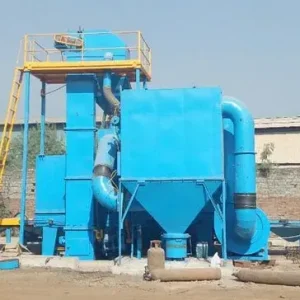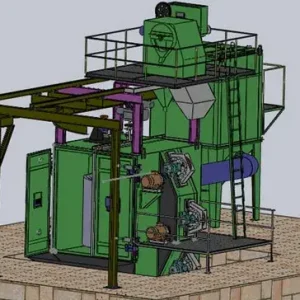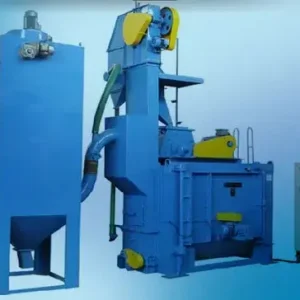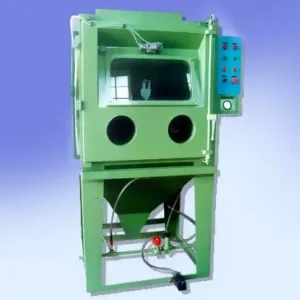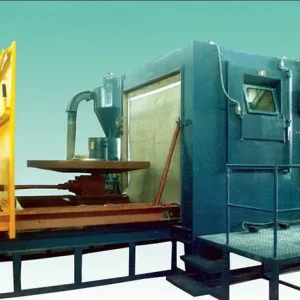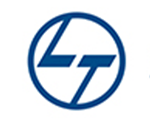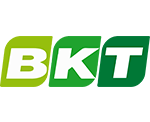When it comes to surface preparation and finishing, blasting cabinets play a critical role in industries like aerospace, automotive, medical, and manufacturing. But a common question arises: Should you choose a wet blast cabinet or a dry blast cabinet?
Each method offers distinct advantages and limitations depending on the material, application, and precision required. In this blog, we’ll provide a detailed comparison of wet and dry blast cabinets to help you make an informed decision for your operations.
What is a Blast Cabinet?
A blast cabinet is an enclosed system where abrasive media is propelled at a surface under high pressure to:
- Clean
- Deburr
- Polish
- Etch
- Prepare surfaces for coating or bonding
There are two main types:
- Wet Blast Cabinets: Use a slurry of water and abrasive media.
- Dry Blast Cabinets: Use dry media propelled by compressed air.
Let’s break down the pros and cons of each system.
Wet Blast Cabinets – Overview
Wet blasting, also known as vapor blasting or slurry blasting, involves a mix of abrasive media and water. This slurry is blasted onto the surface using compressed air.
Pros:
- Gentle on Surfaces: Ideal for delicate or precision parts.
- Dust-Free Operation: No airborne dust, safer for operators.
- Smooth, Satin Finish: Perfect for cosmetic and final finishing.
- Cooler Process: Prevents heat distortion.
- Better Visibility: Clear view during operation.
Cons:
- Higher Initial Cost: More expensive setup than dry systems.
- Requires Water Management: Needs filtration and disposal systems.
- Slower Material Removal: Not suitable for aggressive cleaning.
- Larger Footprint: Due to additional components like slurry pumps and filters.
Dry Blast Cabinets – Overview
Dry blasting uses compressed air to propel dry abrasive media like aluminum oxide, glass beads, or garnet.
Emerging Trends in Shot Blasting Machines: Insights from Leading Manufacturers in India
Advantages of Airless Shot Blasting Machines over Traditional Blasting Methods
How Sand Blasting Machine Manufacturers Ensure Quality Standards
Pros:
- Faster Material Removal: Great for heavy-duty cleaning or rust removal.
- Lower Initial Cost: Economical and widely available.
- Media Variety: Wide choice of abrasives for different materials.
- Simple Setup: Easier to maintain and operate.
Cons:
- Creates Dust: Needs high-quality dust collectors.
- May Damage Soft Materials: Harsh on aluminum, plastics, or intricate parts.
- Higher Wear on Components: Dry abrasives cause more internal erosion.
- Heat Buildup Risk: Can warp thin metals or plastics.
Side-by-Side Comparison Table
| Feature | Wet Blast Cabinet | Dry Blast Cabinet |
|---|---|---|
| Surface Impact | Gentle and controlled | Aggressive and fast |
| Finish Quality | Smooth, satin-like | Matte or rough |
| Dust Generation | None (wet process) | High (needs dust collector) |
| Heat Generation | Minimal | Moderate to high |
| Cost | Higher initial investment | Lower initial cost |
| Maintenance | Requires water management | Requires dust filter maintenance |
| Media Life | Longer (less breakdown) | Shorter due to dry abrasion |
| Use Case | Precision, delicate parts | Heavy-duty cleaning, rust removal |
| Visibility | High (no dust cloud) | Limited (dust can obscure view) |
Which One Should You Choose?
Choose Wet Blast Cabinets if:
- You work with precision components (medical, aerospace, electronics)
- You need a dust-free and clean environment
- Your goal is a uniform, smooth, non-aggressive finish
- You prioritize operator safety and cleanroom compatibility
Choose Dry Blast Cabinets if:
- You handle heavy-duty surface prep like rust, paint, or scale removal
- Speed and high throughput are important
- Cost is a major concern
- You don’t need extreme surface finish precision
Hybrid Solutions
Some facilities even use both types depending on the task:
- Wet blasting for final finishing or sensitive parts
- Dry blasting for fast stripping or cleaning of robust parts
This hybrid workflow allows businesses to optimize cost, efficiency, and surface quality.
Final Thoughts
Whether you choose a wet blast cabinet or dry blast cabinet, the right system depends on your specific application, material type, finish requirement, and safety considerations.
Wet blasting offers precision and safety for delicate tasks, while dry blasting delivers raw power and speed for tough jobs. For many industries, investing in both can unlock greater flexibility and quality control.


